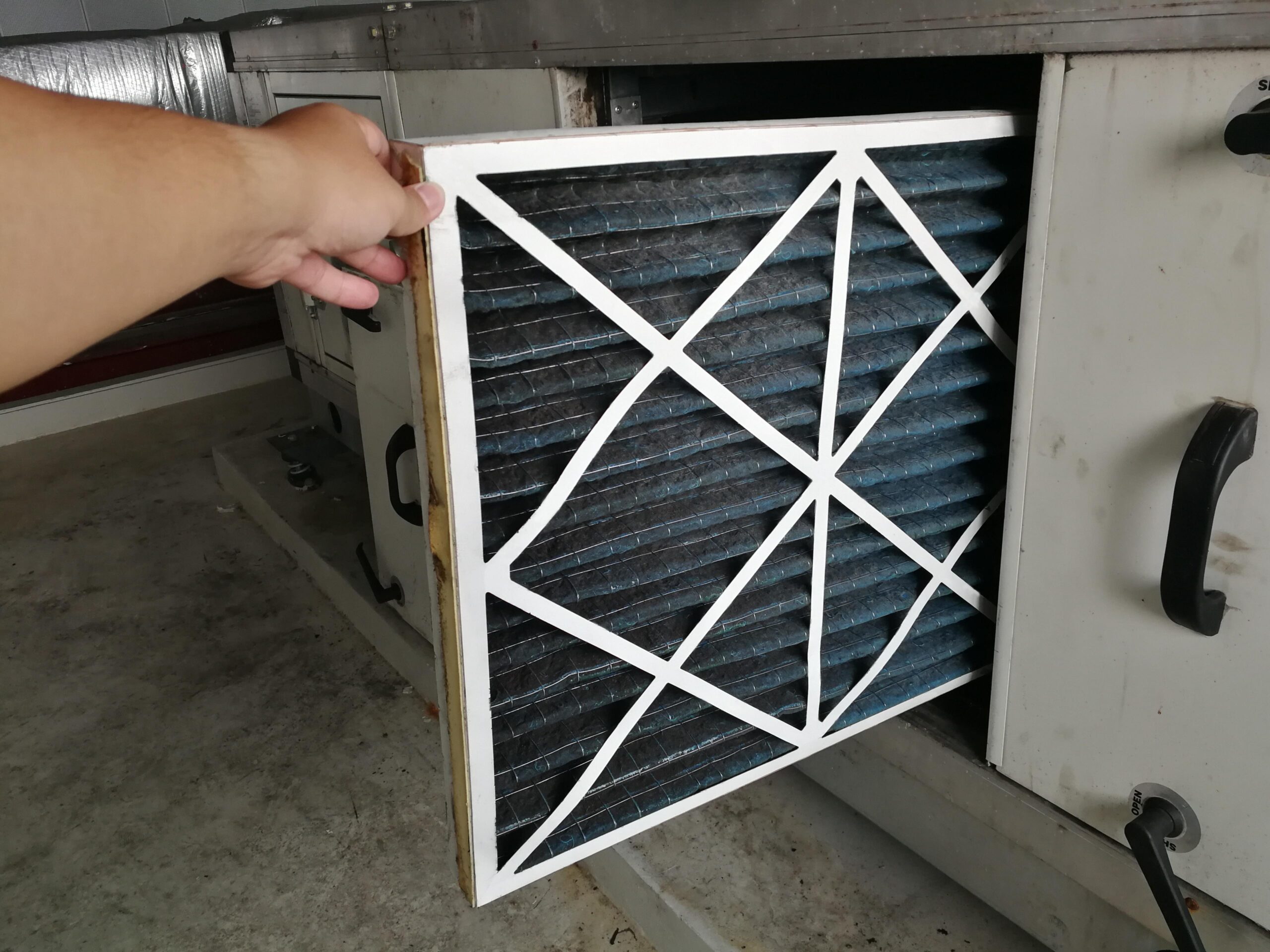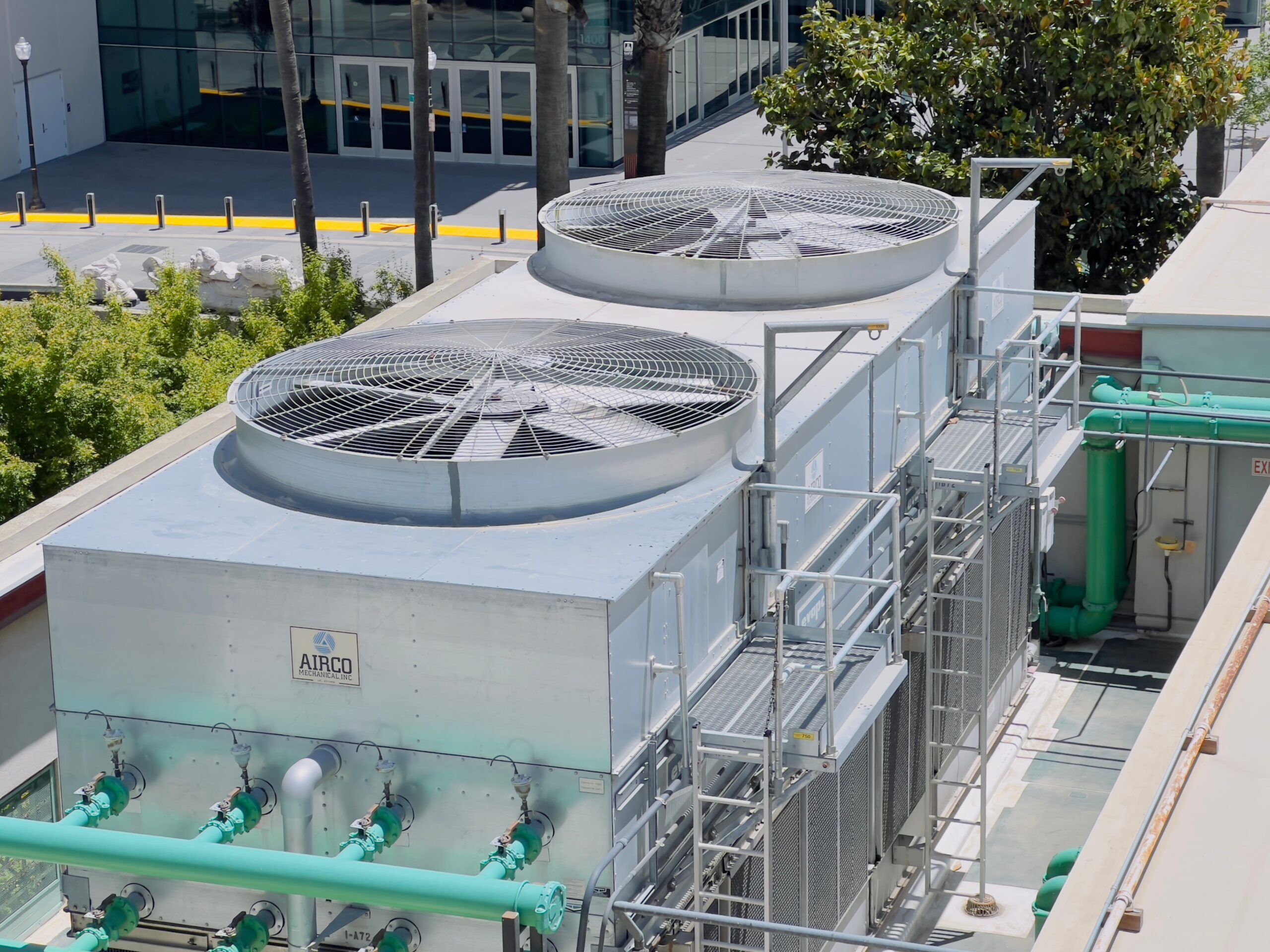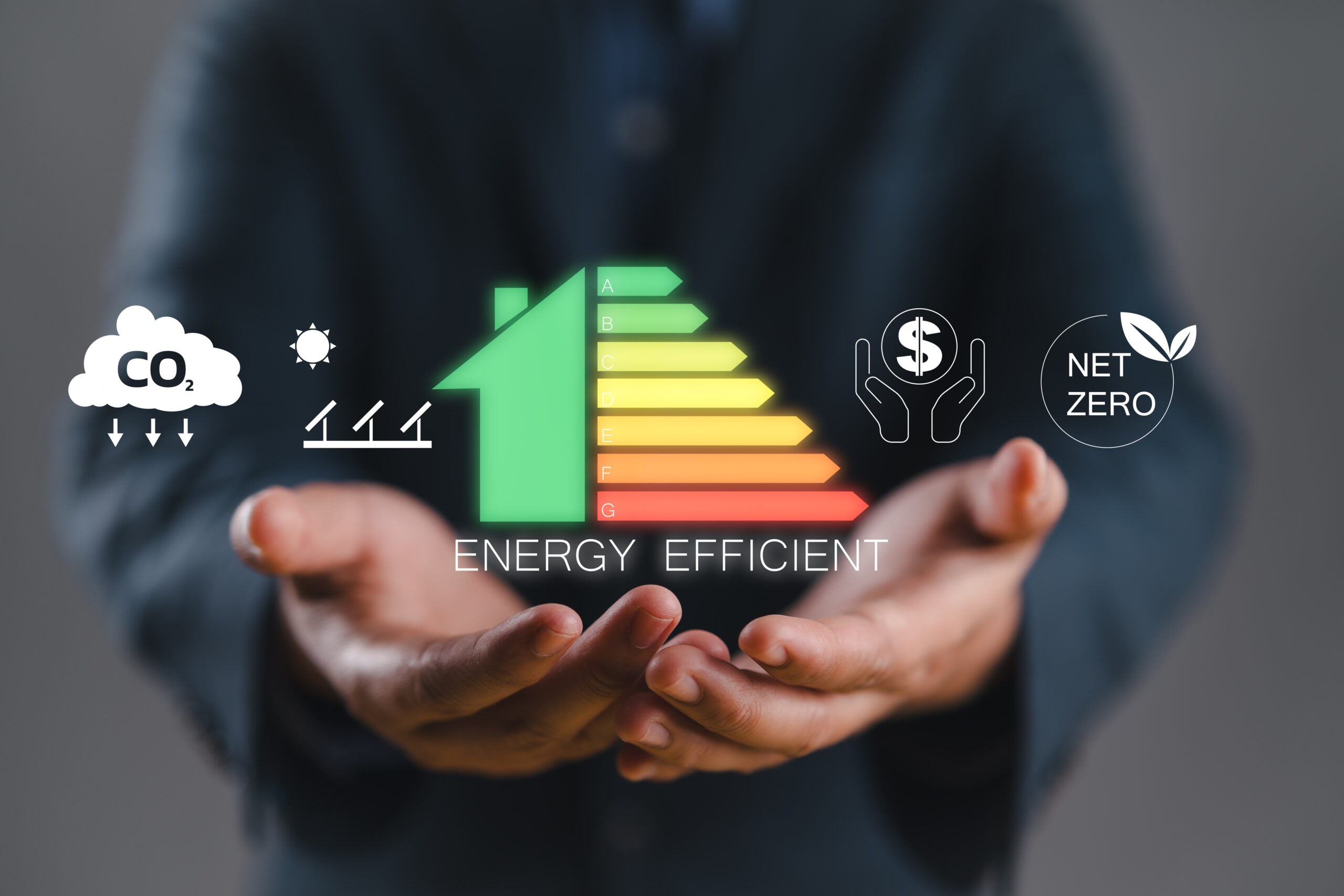MERV Ratings, Explained
MERV Ratings Explained: A Complete Guide to Choosing the Right Air Filters for Your Home
Is your home’s air filtration system providing the protection your family needs? Many homeowners are unaware that the air filter they choose significantly impacts their indoor air quality, HVAC system efficiency, and family health. In this comprehensive guide, we’ll explore everything you need to know about MERV ratings—from what they measure to how to select the ideal filter for your specific needs.
Understanding the Basics of MERV Ratings
MERV (Minimum Efficiency Reporting Value) is a standardized rating system developed by the American Society of Heating, Refrigerating and Air-Conditioning Engineers (ASHRAE) to measure the effectiveness of air filters. Simply put, the MERV rating indicates how well an air filter captures and holds particles of various sizes.
The MERV scale ranges from 1 to 20, with higher numbers indicating greater filtration efficiency. As the MERV rating increases, so does the filter’s ability to capture smaller particles—but there’s much more to consider than simply choosing the highest number.
What Does a MERV Rating Actually Measure?
A MERV rating specifically measures:
- Particle size efficiency: How effectively the filter captures particles of different sizes
- Particle build-up: How well the filter maintains performance as it collects particles
- Filter efficiency range: The percentage of particles the filter removes from the air
- Airflow resistance: How much the filter restricts airflow through your system
Understanding these measurements helps you make an informed decision about which MERV rating is right for your home’s unique needs.
MERV Ratings Breakdown: A Comprehensive Overview
Let’s examine each MERV rating category to understand what level of filtration they provide and where they’re typically used:
Basic Filtration (MERV 1-4)
These entry-level filters provide minimal filtration:
- Captures particles larger than 10 microns (dust mites, carpet fibers, pollen)
- Stops less than 20% of airborne particles
- Very low airflow resistance
- Common in: Window air conditioners, low-cost rental properties, spaces with minimal air quality concerns
- Typically disposable fiberglass panel filters
- Replacement frequency: Every 30 days
While these filters provide basic system protection, they offer minimal health benefits and are generally not recommended for homes with occupants who have respiratory concerns.
Better Filtration (MERV 5-8)
These mid-range filters offer improved protection:
- Captures particles 3-10 microns (mold spores, dust mite debris, pet dander)
- Stops 20-85% of airborne particles
- Low to moderate airflow resistance
- Common in: Residential homes, commercial buildings, schools
- Typically pleated filters made from polyester or cotton paper blend
- Replacement frequency: Every 60-90 days
These filters represent a good balance between filtration and airflow for most standard residential HVAC systems, offering reasonable protection without significantly increasing energy consumption.
Superior Filtration (MERV 9-12)
These higher-efficiency filters provide enhanced protection:
- Captures particles 1-3 microns (legionella, lead dust, auto emissions)
- Stops 85-95% of airborne particles
- Moderate airflow resistance
- Common in: Superior residential properties, commercial buildings, hospitals (non-critical areas)
- Typically pleated filters with more surface area
- Replacement frequency: Every 60-90 days
These filters are ideal for homes with pets, children, or residents with mild allergies. They offer a significant improvement in air quality without overly restricting most residential HVAC systems.
Hospital-Grade Filtration (MERV 13-16)
These high-efficiency filters provide hospital-level protection:
- Captures particles 0.3-1 microns (bacteria, tobacco smoke, sneeze droplets)
- Stops over 95% of airborne particles
- High airflow resistance
- Common in: Hospitals, healthcare facilities, clean manufacturing environments
- Typically high-density pleated filters, often 4-5 inches thick
- Replacement frequency: Every 90-120 days
These filters approach HEPA-level filtration and are excellent for homes with occupants who have severe allergies, asthma, or compromised immune systems—but they require HVAC systems designed to handle the increased airflow resistance.
HEPA and ULPA Filtration (MERV 17-20)
These ultra-high efficiency filters provide maximum protection:
- Captures particles smaller than 0.3 microns (viruses, carbon dust, smoke particles)
- Stops 99.97-99.999% of airborne particles
- Very high airflow resistance
- Common in: Clean rooms, nuclear facilities, operating rooms
- Typically HEPA or ULPA certified filters
- Replacement frequency: According to facility requirements
These filters are rarely used in residential applications, as most home HVAC systems cannot accommodate their extreme airflow restriction. They require specialized systems designed specifically for this level of filtration.
How to Select the Right MERV Rating for Your Home
Choosing the optimal MERV rating involves balancing several factors. Here’s how to make the best decision for your specific situation:
Consider Your HVAC System’s Capabilities
Not all HVAC systems can handle high MERV-rated filters:
- Check your system manual for manufacturer recommendations
- Consult with a professional HVAC technician
- Consider the blower motor strength in your system
- Evaluate your ductwork design and size
Using a filter with too high a MERV rating for your system can cause:
- Restricted airflow leading to reduced efficiency
- Increased energy consumption
- System strain and potential premature failure
- Frozen evaporator coils
- Reduced heating and cooling capacity
Assess Your Household’s Air Quality Needs
Different households have different filtration requirements:
- Standard households: MERV 8-10 typically provides adequate protection
- Homes with pets: MERV 9-12 helps control pet dander and odors
- Allergy sufferers: MERV 11-13 captures most common allergens
- Asthma or respiratory conditions: MERV 13-16 may be beneficial with an appropriate HVAC system
- Post-construction or renovation: Temporarily use higher MERV filters to capture construction dust
- Wildfire-prone areas: Higher MERV ratings help during smoke events (with careful system monitoring)
Consider Environmental Factors
Your location and surrounding environment affect your filtration needs:
- Urban settings: Higher MERV ratings help filter traffic pollution
- Rural areas: Lower MERV ratings may be sufficient unless near agricultural operations
- High pollen regions: MERV 8+ provides better seasonal allergy protection
- Humid climates: MERV 8+ helps control mold spores
- Areas with industrial activity: Higher MERV ratings filter more industrial particulates
Balance Cost Considerations
Higher MERV ratings typically come with increased costs:
- Initial filter cost: Higher MERV filters are more expensive
- Energy costs: Higher ratings can increase operating costs
- Replacement frequency: Some higher MERV filters need more frequent changes
- System maintenance: Improper filtration choices may lead to additional HVAC maintenance
A professional HVAC technician can help you find the optimal balance between filtration effectiveness and system efficiency.
The Impact of MERV Ratings on Indoor Air Quality
The right MERV rating can significantly improve your home’s air quality and create a healthier living environment.
Health Benefits of Appropriate Filtration
Proper filtration offers numerous health advantages:
- Reduced allergy and asthma triggers
- Decreased respiratory irritation
- Lower levels of airborne pathogens
- Reduced dust accumulation in the home
- Removal of harmful particulates from cooking, cleaning, and other activities
- Better sleep quality due to cleaner air
- Potential reduction in long-term respiratory health risks
Energy Efficiency Considerations
The relationship between MERV ratings and energy efficiency is important to understand:
- Higher MERV filters create more air resistance
- Increased resistance makes the blower motor work harder
- This can lead to 5-15% higher energy consumption
- Proper filter sizing and maintenance can minimize efficiency losses
- Regular filter changes become more important with higher MERV ratings
- Some high-efficiency systems are designed specifically for higher MERV filters
Additional Filtration Options Beyond MERV
For homes that need enhanced air quality but have HVAC systems that cannot handle high MERV filters, consider:
- Standalone air purifiers with HEPA filtration
- Whole-house air cleaners that are installed alongside your HVAC system
- Electronic air cleaners that use electrostatic attraction
- UV germicidal lights that neutralize biological contaminants
- Regular professional duct cleaning
- Source control measures to reduce pollutants
These supplemental options can work alongside an appropriate MERV-rated filter to improve indoor air quality without overstraining your HVAC system.
Common Signs Your MERV Rating May Be Too High
Using a filter with too high a MERV rating for your system can cause problems. Watch for these warning signs:
- Reduced airflow from vents
- Longer heating or cooling cycles
- Higher energy bills
- System short-cycling (turning on and off frequently)
- Unusual noises from the blower motor
- Ice formation on cooling coils
- Reduced comfort levels in your home
- System overheating
If you notice any of these symptoms after installing a higher MERV filter, consider stepping down to a lower rating or consulting with an HVAC professional about system modifications to accommodate better filtration.
Professional Filter Assessment & Installation
While filter selection seems straightforward, professional input can be valuable:
What a Professional HVAC Technician Checks
A qualified HVAC technician will consider:
- Your system’s design specifications and limitations
- Actual measured airflow with different filter options
- Static pressure readings to ensure proper operation
- Blower motor capacity and condition
- Ductwork design and any restrictions
- Your specific indoor air quality concerns
- Local environmental factors affecting air quality
- Your budget constraints for both initial and ongoing costs
- Previous filter performance history
The Professional Assessment Process
Here’s what to expect from a thorough assessment:
- Visual inspection of your current filtration system
- Airflow measurements at various points in the system
- Discussion of household health concerns and priorities
- Evaluation of current indoor air quality
- Review of system specifications and capabilities
- Clear recommendations with explanation of trade-offs
- Discussion of maintenance requirements
- Guidance on supplemental air cleaning options if needed
DIY vs. Professional Filter Installation
While most homeowners can change standard filters, professional installation may be beneficial when:
- Upgrading to a different filter size or type
- Installing a filter cabinet modification
- Setting up a whole-house filtration system
- Addressing airflow issues related to filtration
- Implementing complex filtration solutions
- Upgrading to a higher MERV rating than previously used
Professional installation ensures proper fit, minimal air bypass, and verification that your system operates correctly with the new filter.
Filter Maintenance Best Practices
Proper maintenance is crucial for any air filter to perform effectively:
Inspection & Replacement Schedule
Different MERV ratings and household conditions require different maintenance schedules:
- MERV 1-4: Check monthly, replace every 1-2 months
- MERV 5-8: Check monthly, replace every 2-3 months
- MERV 9-12: Check monthly, replace every 2-3 months
- MERV 13-16: Check monthly, replace every 3-4 months (assuming proper system compatibility)
- High-occupancy homes: Increase frequency by 30-50%
- Homes with pets: Increase frequency by 30-50%
- During high pollen or heavy use seasons: Check bi-weekly
Visual Inspection Tips
Between replacements, visually inspect filters for:
- Visible dirt accumulation
- Discoloration across the entire surface
- Damage or sagging material
- Odors when the system runs
- Reduced airflow through the system
- Increased dust accumulation in the home
Replace the filter early if you notice these signs, regardless of the recommended schedule.
Proper Installation Techniques
To maximize filtration effectiveness:
- Ensure the filter is the correct size for your return air grille or slot
- Note the airflow direction arrow and install accordingly
- Create a tight seal around the filter to prevent air bypass
- Use the appropriate filter frame or rack for your system
- Consider using filter grille gaskets for better sealing
- Replace warped or damaged filter racks
- Ensure access doors close properly after installation
Improper installation can reduce filtration efficiency by 10-30% due to air bypassing the filter.
FAQs About MERV Ratings
Here are answers to common questions about MERV ratings and air filtration:
Is a higher MERV rating always better?
No. While higher MERV ratings capture more particles, they also restrict airflow more. Your HVAC system must be designed to handle the increased resistance. Using too high a MERV rating can damage your system and actually decrease indoor air quality by reducing air circulation.
How often should I change my air filter?
It depends on your filter’s MERV rating, household conditions, and environmental factors. As a general rule:
- Basic filters (MERV 1-4): Every 30 days
- Mid-range filters (MERV 5-8): Every 60-90 days
- Higher-efficiency filters (MERV 9-16): Every 90-120 days. However, homes with pets, allergies, or in dusty environments may need more frequent changes.
Will a higher MERV rating filter make my allergies better?
Potentially. MERV ratings of 9-12 capture most common allergens like pollen, mold spores, and pet dander. For severe allergies, MERV 13+ filters can provide additional relief, but only if your HVAC system can handle them. Sometimes, a combination of appropriate MERV filtration plus standalone air purifiers in key rooms provides the best solution.
Can I use a HEPA filter in my standard home HVAC system?
Most standard residential HVAC systems cannot accommodate true HEPA filters (equivalent to MERV 17+) due to their high air resistance. Using one without a system designed for it will likely damage your equipment. If you need HEPA-level filtration, consider a dedicated air purifier or consult with an HVAC professional about system modifications or additions.
How do I know if my HVAC system can handle a higher MERV filter?
Consult your system’s manual for manufacturer recommendations or have an HVAC professional perform a static pressure test with different filter options. As a general guideline, most standard residential systems work best with MERV 8-11 filters. Some high-efficiency systems can handle MERV 13+.
What’s the difference between MERV, MPR, & FPR ratings?
MPR (Microparticle Performance Rating) by 3M and FPR (Filter Performance Rating) by Home Depot are proprietary rating systems. They measure similar factors but use different scales:
- MPR 300-600 ≈ MERV 5-7
- MPR 1000-1200 ≈ MERV 8-11
- MPR 1500-1900 ≈ MERV 12-13
- MPR 2200-2800 ≈ MERV 14+
- FPR 4-5 ≈ MERV 8-10
- FPR 7-8 ≈ MERV 11-13
- FPR 10 ≈ MERV 14+
Does a higher MERV rating increase energy costs?
Potentially. Higher MERV ratings create more air resistance, which can make your blower motor work harder and consume more electricity. The increase is typically 5-15% for MERV 13+ filters in systems not specifically designed for them. For most homes, the sweet spot is MERV 8-11, which provides good filtration with minimal energy impact.
Take Action for Cleaner Indoor Air
Don’t wait for respiratory issues or system problems to address your home’s air filtration needs. Understanding MERV ratings and selecting the right filter is an essential step toward creating a healthier indoor environment.
Our team of expert HVAC technicians serves the entire region, offering comprehensive air quality assessments, system evaluations, and filtration solutions tailored to your specific needs.
Find professional air quality services at Jack Lehr, the HVAC company your neighbors have trusted for years.
Questions or need more information?
Contact Us
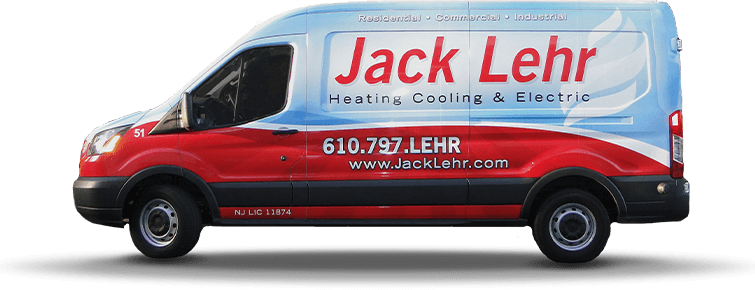
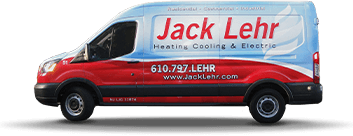
We Treat You Like Family
When you choose Jack Lehr Heating Cooling & Electric, you’ll benefit from our:
When you choose Jack Lehr Heating Cooling & Electric, you’ll benefit from our:
- 50+ years of experience
- Our installation and service guarantees
- Top-of-the-line products
- Respect for your home or business
- Financing options
- And much more!

